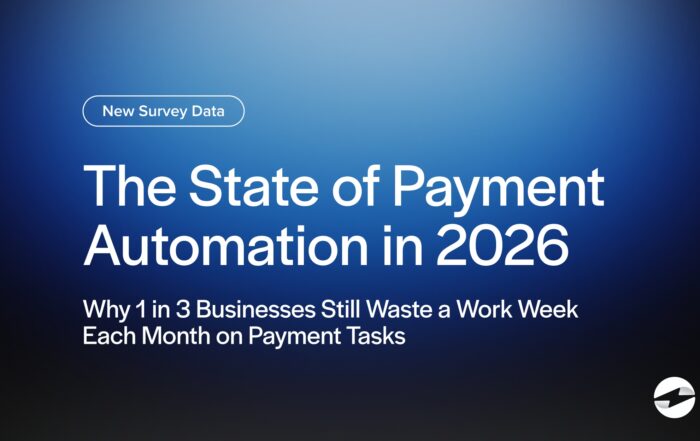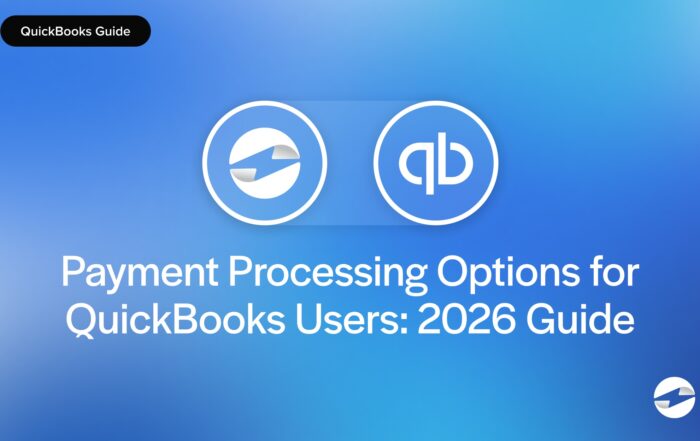What is Year to Date?
Year-to-date (YTD) refers to the period starting from the first day of the calendar year or fiscal year up to the current date. It’s commonly used in finance, accounting, and business to track performance, income, or expenses over time. Whether you’re looking at your paycheck, investment returns, or business revenue, YTD helps you see how things are shaping up compared to previous years or projections.
Think of it like checking your car’s mileage on a long road trip. If you started the year at 0 miles and are now at 10,000, your “miles to date” would be 10,000. YTD works the same way—just with dollars instead of miles.
Key Points
- YTD (Year to Date) shows financial activity from the start of the year to today.
- YTD helps individuals and businesses evaluate current progress and make informed decisions.
How to Calculate Year to Date
Calculating YTD is simple:
- For income or revenue: Add up all earnings from January 1st (or the start of the fiscal year) to today.
- YTD income = Total income earned from the start of the year to today
- Example. If you earn $4,000 per month and it’s April then your year-to-date income through March is: 4,000 × 3 = $12,000
- For expenses: Sum up all costs incurred over the same period.
- YTD Expenses = Total expenses incurred from the start of the year to today
- Example. If you spent $1,200 monthly for the past 3 months, then your total year-to-date expenses would be: 1,200 × 3 = $3,600
- For investment returns: Use the formula:
- YTD% = ((Current Value – Starting Value) / Starting Value) ×100
- Example. If you invested $10,000 at the beginning of the year and it’s now worth $11,500, your YTD return is: ((11,500 − 10,000)/10,000) ×100 = 15%
Year to Date example
Let’s say Sarah earns a $5,000 monthly salary. By June 1st, her YTD earnings would be:
5,000 × 5 = 25,000
If she gets a raise in July to $5,500 per month, by October 1st, her new YTD total would be:
(5,000×6) + (5,500×3) = 30,000+16,500 = 46,500
Businesses use YTD to compare profits investors can better track how portfolios perform. Whether you’re a small business owner watching your bottom line or just trying to budget smarter, understanding YTD gives you a real-time snapshot of where you stand.
You May Also Like
Read More
Read More
EBizCharge Listed as a 2025 Construction Executive Top Construction Technology Firm
Read More



